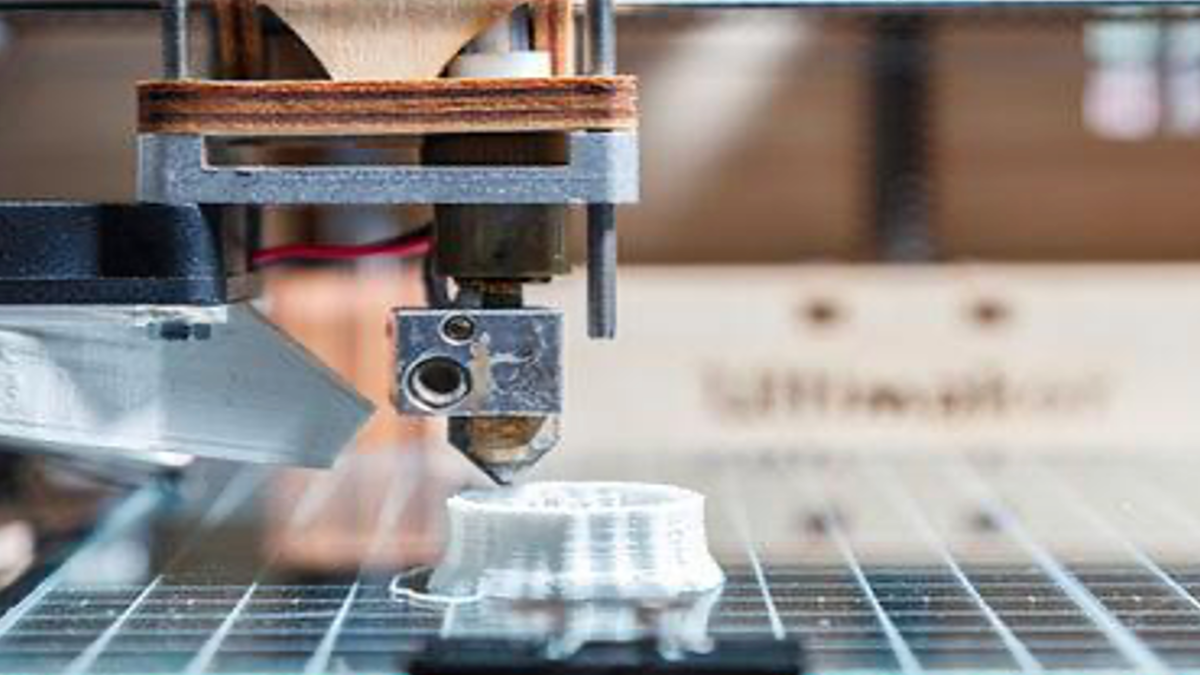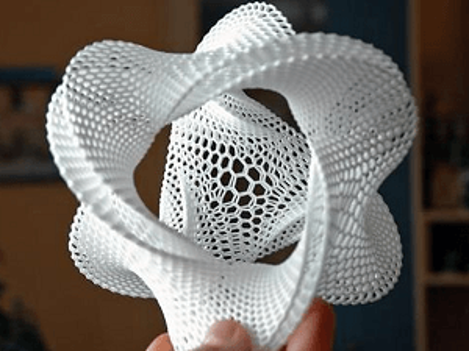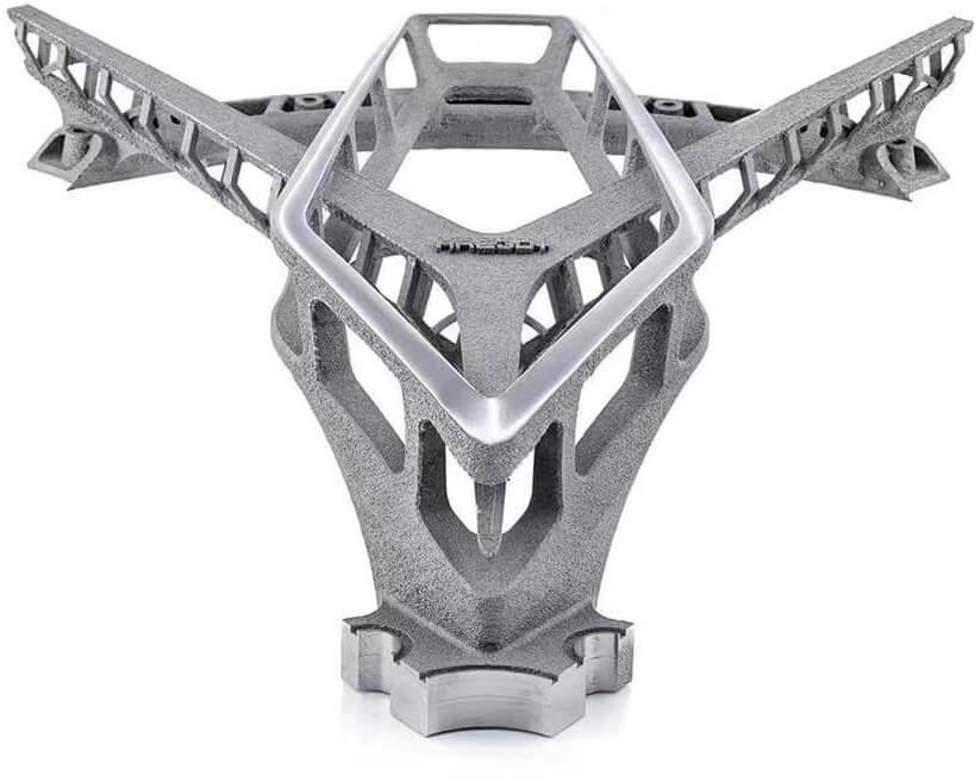
Traditional prototyping methods often lead to product development process delays. The primary reason behind this is their time and resource-intensive nature. 3D rapid prototyping solves this concern with additive layer manufacturing techniques that fabricate high-quality prototypes at a lower cost through processes like material extrusion and PolyJet 3D printing. Engineers can now reliably convert virtual CAD designs into physical representations within days, unlocking more innovative ways to evaluate and refine part functionality before committing to production.
Table of Contents
3D Prototyping: Overview and Types
3D rapid prototyping is a process that is used to create a three-dimensional object in which layers of material are formed under computer control to create an object. Its three main types include:
1. Fused Deposition Modeling (FDM)
Fused deposition modeling extrudes melted thermoplastics to build 3D objects. It has gained wide use for various prototyping applications, from conceptual models to sales samples and testing end-use components. Its simple thermoplastic deposition approach yields strong, professional-quality prototypes quickly and economically.
2. Selective Laser Sintering (SLS)
Selective Laser Sintering utilizes a high-intensity laser to fuse powdered materials into dense 3D objects. It enables functional demonstration parts and end-use components to be 3D printed, which is suitable for form/fit testing under operational conditions. The design flexibility and material versatility of SLS rapid prototyping have made it well-suited for various end-use rapid manufacturing applications.
3. Stereolithography (SLA)
SLA uses a UV laser to selectively cure liquid photopolymer resin which is contained in a vat. The laser beam traces each layer pattern on the surface of the resin as directed by a CAD file, solidifying and linking the resin as it moves across. SLA produces very precise prototypes with an excellent surface finish suitable for form, fit, and function testing. It is capable of intricate details and small 3D rapid prototyping runs.

Benefits of Using 3D Prototyping
3D rapid prototyping offers many advantages over traditional methods. These include (but are not limited to) the following:
1. Create Various Iterations
3D printing enables rapid design changes to be tested before moving to the next stage of product development. Designs can be easily tweaked in CAD and reprinted overnight to evaluate minor and major modifications. This rapid iteration allows concepts to evolve faster through a build-measure-learn process that improves products significantly before production.
2. Run Tests with Functional Prototypes
3D printing allows engineering and stress tests to be conducted with functional prototypes that operate just like the final product. Prototypes with moving parts can undergo durability, vibration, fatigue, and other performance tests to evaluate design flaws early. Complex assembly and disassembly procedures can also be thoroughly practiced using 3D-printed prototype versions of the product.
3. Produce Strong and Lightweight Parts
Parts made from advanced 3D printing materials like nylon, carbon fiber-infused plastics, and metals through SLS or SLM match or even exceed the strength of final products. They can be used to verify that designs will withstand stresses, withstand proper function, and meet safety/compliance needs. Lightweight internal geometries can also be evaluated to optimize the strength-to-weight ratio of the product.

HPrapid Offers Dependable 3D Prototyping Service
When choosing a 3D prototyping service provider, it’s important to select a reputed company with industry experience, a variety of 3D printing processes, and excellent services. HPrapid is one such reliable provider of 3D rapid prototyping and low-volume manufacturing services. The company has years of experience helping clients transform their designs into products. With ISO9001-2015 certification and a team of engineers, HPrapid prides itself on craftsmanship, precision, and satisfaction.
As one of the leading rapid prototyping companies, HPrapid offers reliable 3D printing and CNC machining services. Key advantages of the company’s 3D rapid prototyping service include the ability to produce parts with intricate internal features and complex shapes in a confined space. Fast design iterations can be tested to minimize material waste through rapid changes. Multiple identical parts can also be built simultaneously, improving production productivity.
Conclusion
HPrapid uses modern technologies like Direct Metal Laser Melting for precision metal 3D printing. Its 3D printers and experienced technicians ensure top-quality output for prototypes and low-run manufacturing parts. Overall, the service provider’s commitment to quality, faster turnaround, and cost and time-saving approaches make it a top choice. For reliable 3D rapid prototyping services, contact HPrapid to request a quote today.